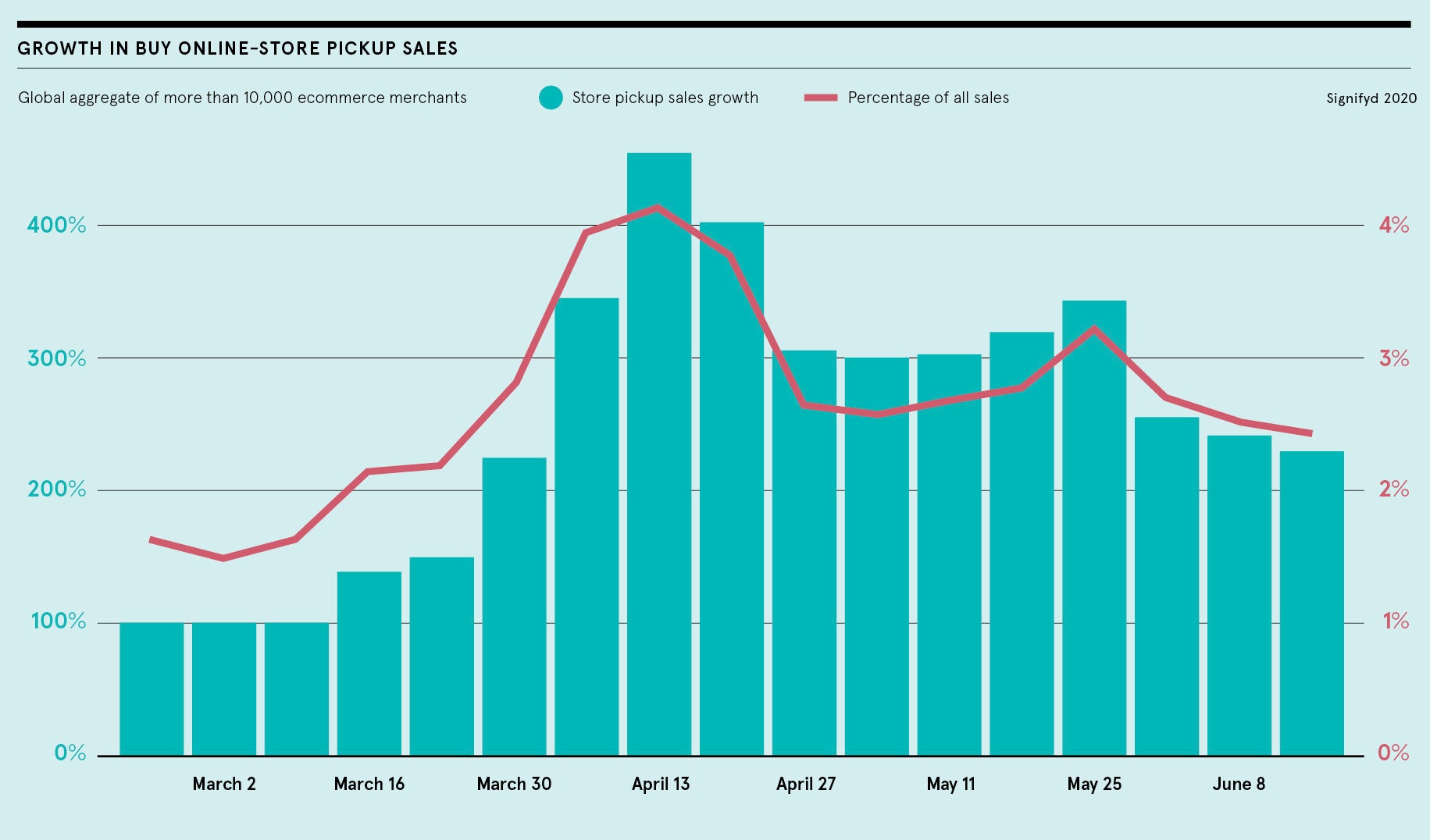Shuttered high streets have pushed even the smallest retailer to create an online storefront as they look to engage stay-at-home customers. Now products once confined to bricks-and-mortar shops are just a click away for any customer, globally. And there’s no turning back.
“Finally, the ‘e’ has cemented itself in commerce. The scale of the move to ecommerce is unprecedented in the history of the internet and represents a seismic shift in business worldwide. Up until now, it’s been quite difficult to deploy world-class solutions and compete online if you aren’t a large enterprise. This is now rapidly changing,” explains Jim Herbert, general manager for Europe, Middle East and Africa (EMEA) at BigCommerce, a leading open SaaS (software-as-a-service) ecommerce platform.
“Today, even small to medium businesses, whether business to business (B2B) or business to consumer (B2C), have access to a cost-effective, easy-to-use and powerful toolkit of services that enables them to go live with new ecommerce offerings quickly. It has never been easier, which explains why more merchants have been moving towards ecommerce. Even so, there’s a gap between perception and reality. We need to get the message out to more businesses in terms of understanding the freedom, flexibility and security of open SaaS ecommerce platforms.”

The speed at which retailers are able to move online has grown significantly. For instance, one small brewery in Winchester was in dire straits with the closure of pubs during lockdown and, in an effort to maintain some business, was offering door-to-door beer sales for cash. Facebook posts served as its major sales tool, but then the brewery tapped BigCommerce to develop an ecommerce site, which was operational within a few days. For the first time, the brewery was able to get consumer margins instead of wholesale prices for its beer online and at one point sold out of stock for the first time in its history.
“The brewery boss didn’t know how easy it was to set up an online sales platform that could immediately be integrated into their existing accounting and stocking systems, as well as have a customer-facing interface on social media,” says Herbert from BigCommerce, a global company that works with the likes of Benson for Beds, La Perla and Yumi Brands in the UK.
“As physical merchants open post-lockdown, many will still want a strong digital presence. We expect click and collect will be crucial so companies can manage footfall alongside online orders. Right now, consumers want options and retailers want greater flexibility and scalability in the ecommerce solutions they deploy. Only nimble companies will survive. They may have to explore new sales channels, change their payment provider or logistics company quickly. SaaS suits this febrile economic climate.”
Even though 47 per cent of UK consumers are hoping to return to normal shopping habits, 16 per cent say they will shop much more online in the future, according to research from Forrester Analytics Consumer Technographics ® COVID-19 Survey (Wave 1) report. At the same time, retailers big and small are still struggling with the continuing behavioural shift in technology platforms used.
“Increasingly, younger consumers are turning to mobile phone and social sites for their online shopping. Yet the traditional ecommerce platforms that large enterprises have built to support their online stores don’t have the agility to cope with the speed with which shopping habits are evolving. If you have a legacy solution in place, it may be difficult to integrate with selling on social media platforms. You might not be able to deal with the amount of business that comes via these channels,” says the EMEA general manager of BigCommerce, whose solution is used in 120 countries.
“It’s why more merchants are turning to an open SaaS model. Consumers are now in charge. They want to interact with retailers in their preferred online setting whether it’s via Pinterest, Facebook, Instagram or even through SMS. This need to respond to consumers in real time with the most up-to-date solutions is what’s reshaping the landscape for software deployment. Retailers need access to the latest turnkey software to help bring costs down and stay ahead. It’s essential right now.”
Retailers need access to the latest turnkey software to help bring costs down and stay ahead
There is also the issue of technical debt. Any digital transformation strategy must consider this, but it’s a particularly significant challenge for many larger companies. Technical debt refers to any software, IT system or code that has the potential to cause maintenance and productivity problems in the future.
“It is a massive issue. However, fixing bugs so your online sales platform doesn’t break is a poor way to spend money. The longer your legacy systems are kept going the more technical debt you’re likely to accrue. We handle the technical debt for our merchants by continually improving our software solutions and constantly delivering these improvements automatically,” says Herbert from BigCommerce, which has been named a “strong performer” in The Forrester Wave™: B2B Commerce Suites, Q2 2020 and The Forrester Wave™: B2C Commerce Suites, Q2 2020 reports.
“These improvements come in a number of forms. We work closely with our merchants to understand how customers interact with their stores. We also use real data to refine and add new features to make it easier to promote and sell the products our merchants offer.
“Our engineering teams work with the latest technology trends such as headless commerce. The idea is to integrate the always-on agility of BigCommerce into merchants’ existing systems, along with best-of-breed complementary platforms, to create outstanding digital and omnichannel experiences. Going headless, by using our cutting-edge services, reduces running costs and puts the power back into the hands of merchants. It’s why we are a disruptive player in this space.”
Find out more by going to bigcommerce.co.uk





